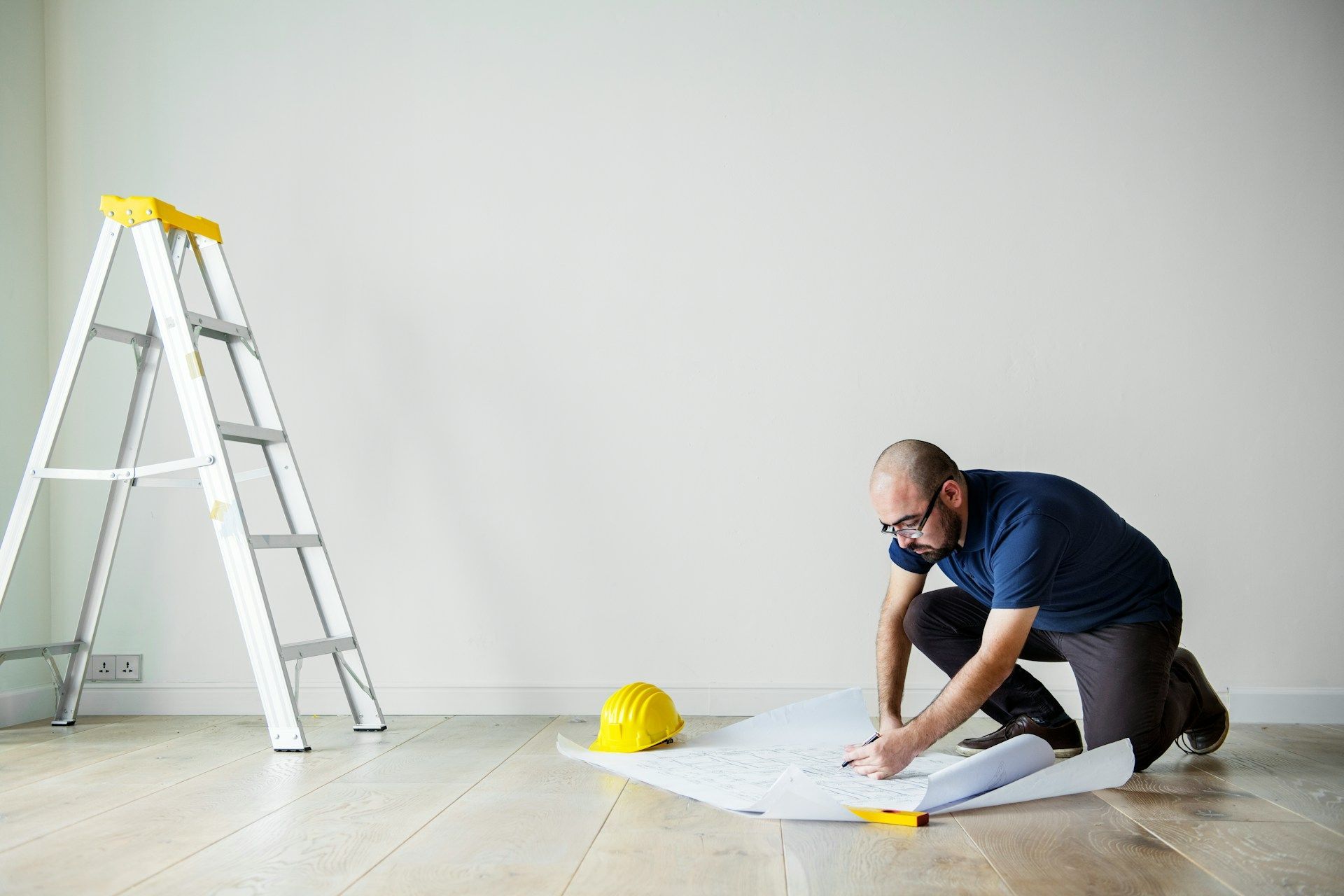Investing in hardwood flooring can dramatically enhance the beauty and value of your home. However, making the decision to install new hardwood floors is just the beginning of the journey. The installation process can be equally crucial in determining the overall success and long-term quality of your flooring. To ensure a smooth and satisfying experience from start to finish, it's essential for homeowners to understand the installation process, set realistic expectations, and adequately prepare their homes for the upcoming work.
At Wilson's Custom Flooring, we specialize in transforming homes with premium hardwood flooring products, installations, and refinishing services. Our years of experience have taught us that well-informed clients are more likely to be satisfied with the results of their flooring projects. With that in mind, we have created an in-depth guide to help you better understand the hardwood flooring installation process, manage your expectations, and learn valuable tips for preparing your home for the big day.
This guide will walk you through the key stages of the flooring installation process, including material selection, pre-installation preparations, the installation itself, and post-installation tasks. We'll also discuss potential challenges and offer expert tips on how to mitigate them, ensuring a seamless and stress-free experience that results in a beautiful, durable, and long-lasting hardwood floor.
Phase 1: Material Selection and Planning
The first step in the hardwood flooring installation journey involves selecting the ideal material for your home's unique needs. This phase includes the following key tasks:
1. Identifying the appropriate wood species: Consider the attributes and tendencies of various wood species, such as color, grain patterns, hardness, and resistance to moisture.
2. Measuring your living space: Accurately measure the dimensions of the areas where the flooring will be installed to determine how much material is needed.
3. Acclimating your hardwood flooring: To minimize expansion and contraction issues, allow your hardwood flooring to acclimate to the moisture and temperature conditions of your home for several days prior to installation.
4. Finalizing the installation plan: Collaborate with your flooring professionals to agree on a detailed installation plan. Talk about the expected project timeline, areas to be covered, and the ideal starting point.
Phase 2: Pre-Installation Preparation
Taking the necessary preparatory measures will set the stage for a more efficient and hassle-free hardwood flooring installation. Here are some important steps to consider as you prepare your home:
1. Clear the installation area: Remove all furniture, decorations, and personal belongings from the area where the flooring will be installed.
2. Address existing flooring: For optimal results, existing flooring should be removed before hardwood installation. Discuss this process with your flooring professional, as they might provide this service or offer recommendations for contractors who can assist.
3. Check for moisture: To avoid potential issues down the line, it is vital to address any moisture problems and ensure your subfloor is both level and dry.
4. Prepare family members and pets: Discuss the installation schedule with your family members and make arrangements for pets to minimize disruptions.
Phase 3: The Installation Process
During this phase, your carefully chosen hardwood flooring will finally be brought to life in your home. Here's an overview of what to expect during the installation process:
1. Installing the subfloor and underlayment: A suitable subfloor and underlayment are crucial components that can affect the overall performance and longevity of hardwood floors. The flooring professionals will ensure that these elements are properly installed and leveled.
2. Laying out the flooring material: The layout process begins with sorting the boards according to lengths and color variations. The professionals will then methodically arrange the boards in the desired pattern, taking into consideration expansion gaps and other factors.
3. Fastening the boards: Depending on the type of hardwood flooring, different methods can be used to securely fasten the boards, such as nailing, gluing, or using a floating method.
4. Ensuring proper ventilation and acclimatization: Throughout the installation process, it is crucial to maintain proper humidity and temperature levels to allow the hardwood flooring to settle effectively.
Phase 4: Post-Installation Tasks
Once your hardwood floors have been expertly installed, a few post-installation tasks are required to complete the process:
1. Inspecting the final result: Conduct a thorough inspection of your newly installed floors to ensure satisfaction with the workmanship, material, and overall appearance.
2. Cleaning and maintenance: Gently clean your new floors and discuss proper hardwood care with your flooring professional to ensure preservation and longevity.
3. Reinstalling baseboards and furniture: After allowing sufficient time for your floors to settle, begin reinstalling baseboards and returning furniture to their appropriate locations.
Conclusion
Understanding the hardwood flooring installation process and adequately preparing your home can result in a smoother, more satisfying experience with beautiful end results. Partnering with skilled and reliable flooring professionals, like the team at Wilson's Custom Flooring, ensures that you'll receive top-quality service and products that cater to your specific needs.
At Wilson's Custom Flooring, we are committed to providing
floor installation services that prioritize your satisfaction. Your dream hardwood floors are just a phone call away; reach out to our experts today to get started on transforming your home interiors.





